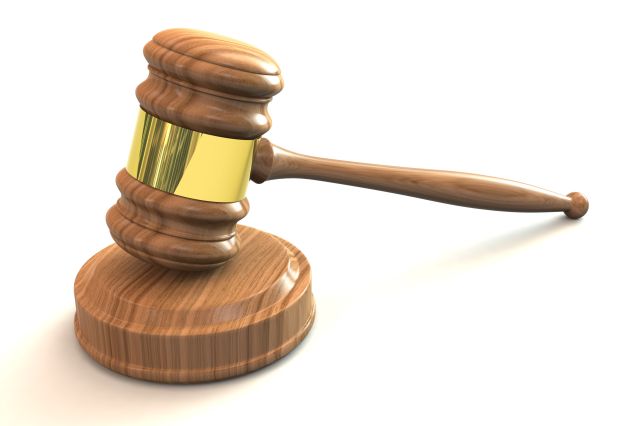Decision-Making
Why Don’t Nonprofit Boards Base Decisions on Evidence?
Trustees do it in their day jobs. Why not when they volunteer?
Posted July 17, 2023 Reviewed by Michelle Quirk
Key points
- As volunteers, trustees can't always give board decisions the time and attention they really require.
- Nonprofit boards are political settings where power often shapes decisions more than evidence does.
- To counteract these tendencies, boards need to develop a culture of accountability.
This article is part 1 of a five-part series about evidence-based decision-making in nonprofit organizations.
As many studies have shown, human decision-making is often flawed. Even the professionals we most expect to base their decisions on evidence can be led astray by irrelevant factors. For example, judges hand out harsher decisions when they’re hungry or after their local sports team loses, and go easier on defendants whose birthdays coincide with their court appearances. Such failures to stick to the evidence have led recently to calls to replace judges in some areas with artificial intelligence (AI), which is less susceptible than humans to interference of these kinds.

At least judges (and doctors and lawyers and CEOs) attempt to base their decisions on evidence. In my work as an executive coach and consultant to nonprofit boards, I am often surprised by how few even try. This is especially surprising given that many board chairs and trustees have day jobs (as doctors and lawyers and CEOs!) in which their evidence-based decision-making is critical to their success.
Why, then, do so few nonprofit boards base their decisions on evidence? It’s not just because relevant data are hard to collect and analyze or that relevant experts are difficult to find. It’s due also to three additional factors, all of which are especially prevalent in nonprofit settings.
First, those doing the deciding often consider themselves just as expert as any professional they might hire to diagnose the problem, propose solutions, or oversee their implementation. For example, every school board trustee was once a student herself, and most have also been parents to school-age children. This familiarity makes trustees feel more confident in their ability to decide educational questions than they would in their ability to make medical or legal decisions without consulting a relevant expert.
Second, board chairs and trustees are generally volunteers, and most of them have demanding day jobs. However committed they are to the cause of the nonprofit they are helping to steer, few have the time and energy to bring to their voluntary work the same rigor and concentration they bring to their full-time occupation. Moreover, many of the decisions nonprofit boards make will not be implemented by the board itself but by the professional staff of the organization they oversee. If something goes wrong, therefore, it is not the board who will be held directly responsible. This limited liability enables board members to give themselves a “discount” when it comes to standards and quality of evidence. If it looks and sounds reasonable, they say to themselves, it’s probably good enough.
Third, the makeup of most nonprofit boards is such that power is distributed highly unevenly within them. Following the “three Ws” maxim, effective board chairs try to ensure that their board contains a good mix of trustees, some of whom are hard workers, some of whom are wise, and some of whom are wealthy. In practice, the wealthy are often granted a more-than-equal share of authority in decision-making. Even where this specific bias is absent, nonprofit boards are highly political, and potentially volatile settings. To ease tensions, board chairs often take the path of least resistance, allowing some decisions to go the way of the loudest shouter rather than that most clearly suggested by the evidence.
To counteract such tendencies and support evidence-based decision-making, a nonprofit board needs at least three things: a culture of accountable talk, consensus about what counts as better and worse forms of evidence, and transparent systems of governance that enable trustees and professionals to review evidence together without trustees feeling duped by professionals or professionals feeling micromanaged by trustees.
I will be addressing each of these conditions, respectively, in subsequent articles. But first I’ll be asking the more basic question: What is evidence and how is it useful? This might seem like an easy question to answer. But it’s harder than you might think. Stay tuned!
References
Chen, D. L., & Philippe, A. (2023). Clash of norms judicial leniency on defendant birthdays. Journal of Economic Behavior & Organization, 211, 324–344.
Danziger, S., Levav, J., & Avnaim-Pesso, L. (2011). Extraneous factors in judicial decisions. Proceedings of the National Academy of Sciences, 108(17), 6889–6892.
Eren, O., & Mocan, N. (2018). Emotional judges and unlucky juveniles. American Economic Journal: Applied Economics, 10(3), 171–205.
Frederick Pinto. Can AI Improve the Justice System? The Atlantic. February 13, 2023.


